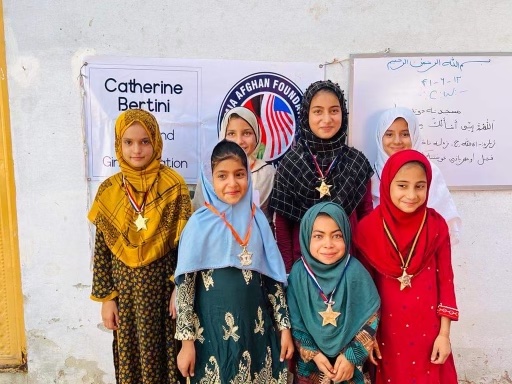Hunger Crisis in Somalia
In late 2022, hunger in Somalia peaked at 6.7 million people and famine was projected during the country’s longest drought on record. A massive humanitarian scale-up led by the World Food Programme, combined with improved rainfall, prevented a famine. Now, hunger is rising again.
You can make a difference. By understanding issues, learning how to civically engage, and joining the movement to end global hunger for good.
 WFP/Kevin Ouma
WFP/Kevin Ouma







